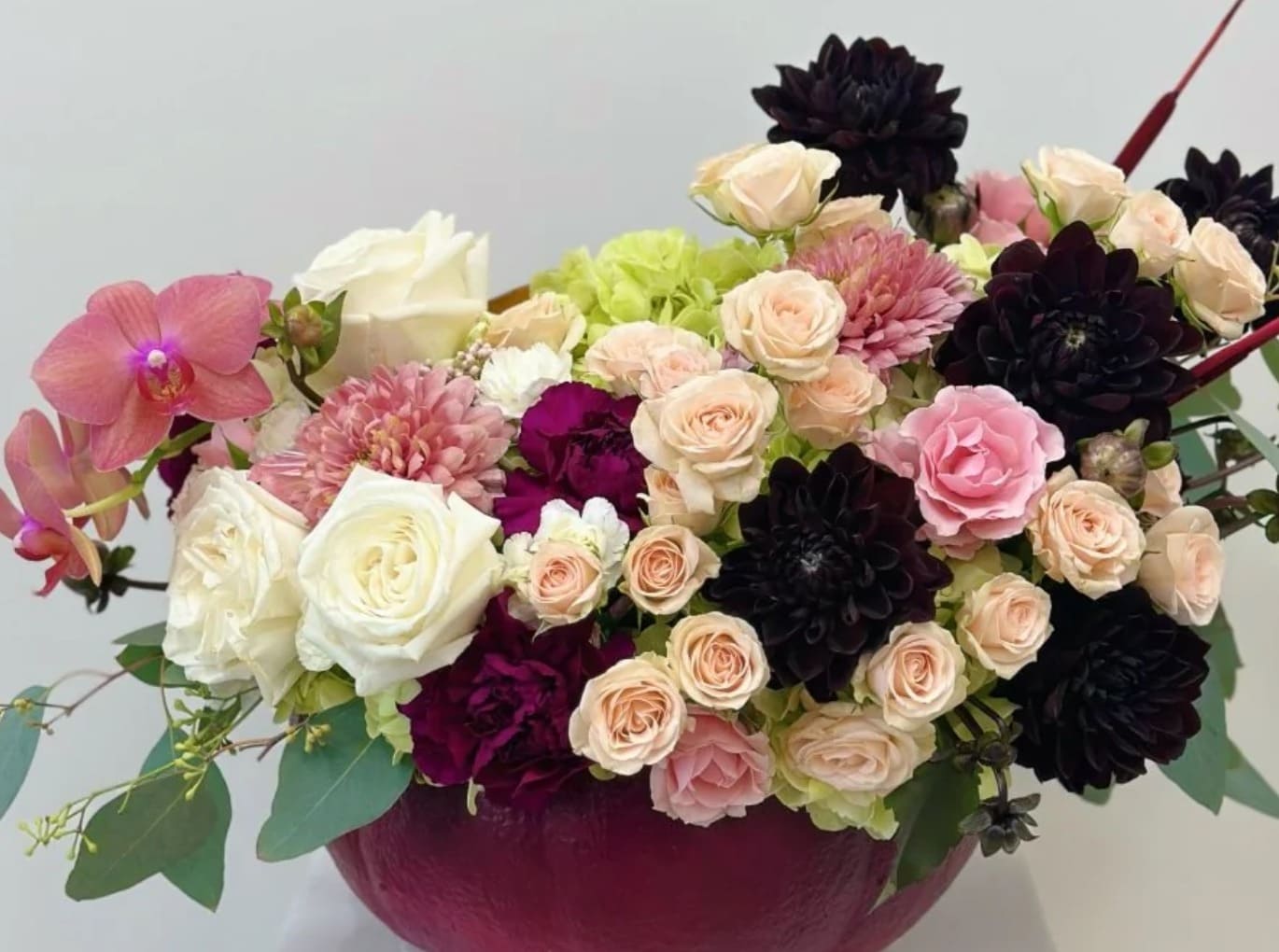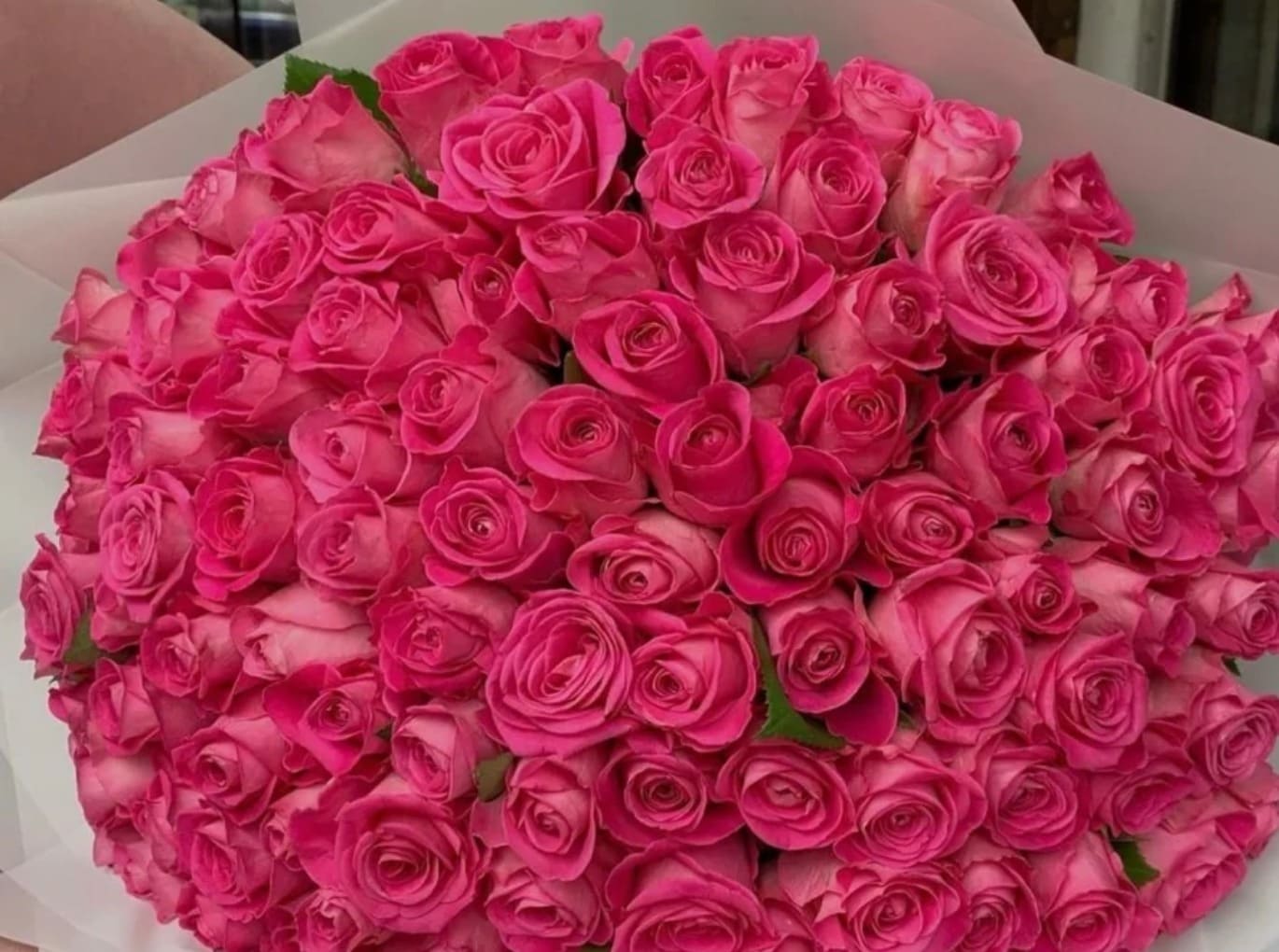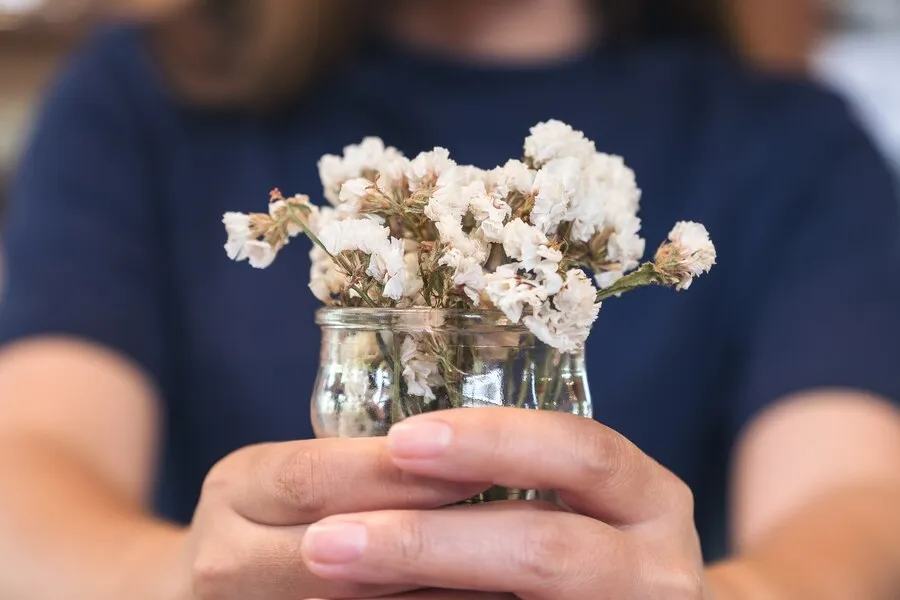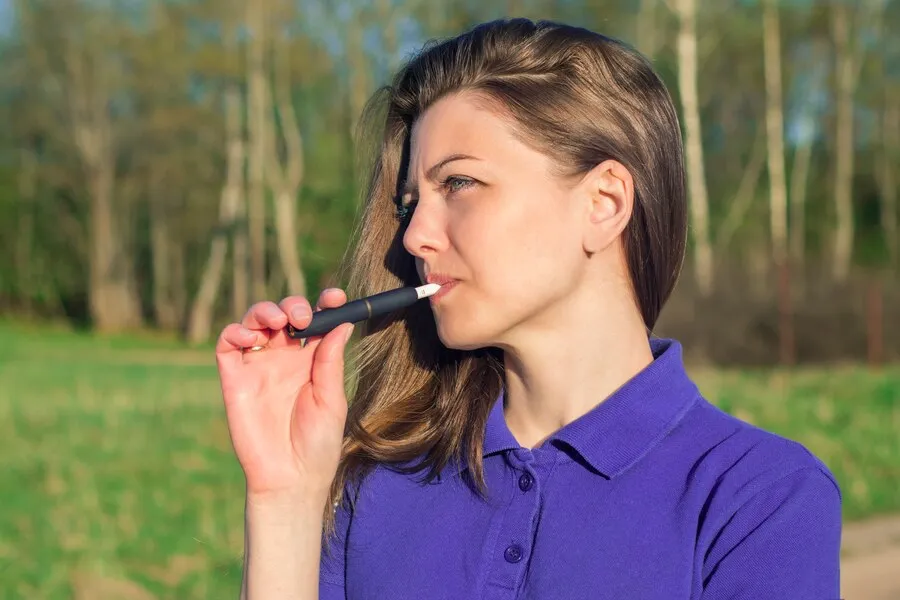Preserving flower bouquets allows you to enjoy their beauty long after the special day has passed. Whether you received a bouquet as a gift or want to keep a memorable arrangement from a significant event, the right preservation techniques can extend the life of your flowers. In this guide, we’ll explore proven methods to preserve flowers, ensuring they maintain their color and shape for years to come.

Drying and pressing flowers
Drying is one of the most popular methods to preserve flowers. There are several techniques you can use, but air drying and silica gel drying are among the most effective. To air dry your bouquet, simply tie the stems together and hang the bouquet upside down in a warm, dry, and dark place. This process can take several weeks, but it results in flowers that maintain much of their original shape and color.
Another approach is using silica gel, which can be found at craft stores. Silica gel helps to remove moisture from the petals, preserving the vivid colors and preventing decay. Lay the flowers in a box and gently cover them with the gel. This method is quicker than air drying and is particularly good for delicate or full-petalled flowers like roses and hydrangeas.
Pressing flowers is another excellent preservation technique, especially if you wish to use the flowers for art projects or in a frame. Simply place the flower between two sheets of parchment paper within the pages of a heavy book. Weight it down and leave it for a few weeks. This method is ideal for creating flat, artistic displays or making personalized gifts such as bookmarks.
Drying and pressing are two traditional methods to preserve flowers, each serving a different purpose and providing unique decorative possibilities.
For drying, you might also consider the use of a desiccant like silica gel for faster and more color-true results. The process involves placing individual flowers or small bunches in a container and completely covering them with silica gel. This method is particularly effective for preserving the vibrant colors and maintaining the structural integrity of more delicate flowers such as lilies or daisies. The key is to ensure the flowers are completely surrounded by the gel to avoid any moisture which can cause wilting or mold.
Chemical preservation: using glycerin
Preserving flowers with glycerin is a unique technique that replaces the water within the flower with glycerin, resulting in soft, pliable petals that look fresh and maintain a natural appearance. Mix one part glycerin to two parts boiling water, let the solution cool, then submerge the flower stems. This method can take several days to a few weeks, but is well worth it for the stunning, lifelike results.
This technique is perfect for larger, robust flowers such as sunflowers or hydrangeas and allows the flowers to maintain a fresh, lively look. The glycerin solution should be handled with care and used in a well-ventilated area to ensure safety.

Incorporating preserved flowers in home decor
Once you have preserved your bouquet, the possibilities for incorporating them into your home decor are endless. Preserved flowers can be displayed in a shadow box alongside other mementos like photos or invitations, adding a personal touch to any room. Alternatively, creating a centerpiece for your dining table or a statement piece in your living room can bring a sense of nature indoors, enhancing the aesthetic of your living space.
It’s also possible to use preserved flowers in homemade crafts, such as creating a floral crown for a wedding or a festive garland. These flowers provide a timeless element to any decoration or art piece, contributing both beauty and sentimentality.
By using the techniques outlined above, you can preserve flower bouquets effectively, allowing you to retain a piece of a special moment forever. Whether displayed in your home or used in crafts, preserved flowers offer a sustainable and creative way to decorate and commemorate life’s important events.
In our flower shop Casa dei Fiori we do everything to make your flowers last as long as possible.




